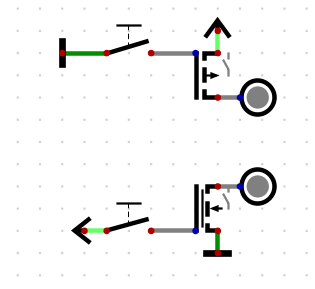$\require{cancel}$
Transistors
- Unfortunately I don't have a great on line reference for transistors
- Transistors are electronic switches.
- They were first realized in 1957 at bell labs.
- They are currently mostly made from silicon.
- But we continue to look for something faster.
- Graphene, Gallium Nitride, Silicone Carbide,
- I can't find a good article that is not behind a paywall.
- Transistors replaced vacuum tubes in the early computer days.
- Eventually transistors were incorporated into an integrated circuit
- Again wikipedia is good.
- Look at the Generations of ICs.
- There are several different structures of transistors
- metal-oxide-semiconductor field-effect transistor (MOSFET)
- Bipolary Junction Transistor (BJT)
- ...
- We really don't care about this.
- There are two different Electrical Polarity types we care about.
- NPN and PNP
- N-Channel, P-Channel
- Digital uses N-Channel and P-Channel
- I think the ones I have are NPN and PNP
- For our purposes it doesn't matter.
- In N-Channel, P-Channel
- There is a Source labeled S
- There is a Drain labeled D
- There is a Gate labeled G
-
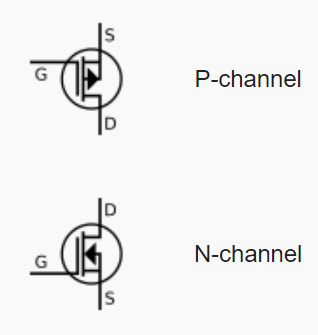 (Wikipedia)
(Wikipedia)
-
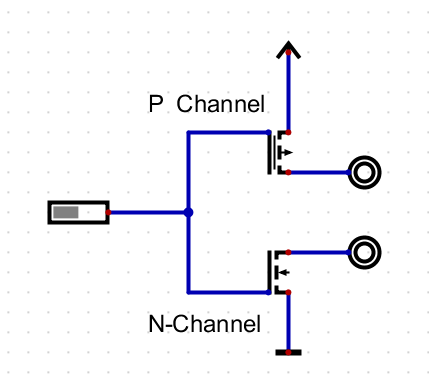
- In NP and PNP
- There is a Emitter labeled E
- There is a Collector labeled C
- There is a Base labeled B
-
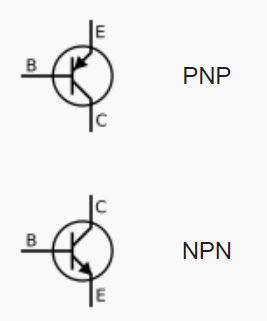 (Wikipedia)
(Wikipedia)
- For us
- The source or emitter is the source of either 1 or 0
- The drain or collector is the output of the circuit
- The gate or base is the part that controls the circuit.
- PNP or P-Channel
- Hook a positive to the source or emitter.
- Hook an output to the drain or collector.
- Hook a switch (or input) to the base or Gate.
- When the Gate has a 0, the drain or collector will have a 1
-
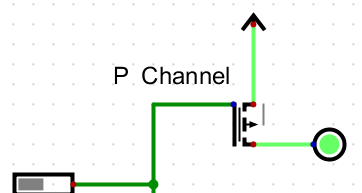
- When the gate has a 1, the drain or collector will have nothing.
-
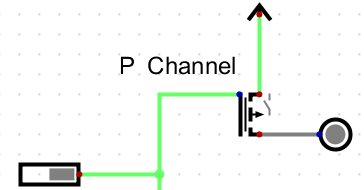
- NPN or N-Channel
- Hook a negative to the source or emitter.
- Hook an output to the drain or collector.
- Hook a switch (or input) to the base or Gate.
- When the Gate has a 0, the drain or collector will have a 1
-

- When the gate has a 1, the drain or collector will have nothing.
-

- Some circuits
- The physical example of PNP and NPN
 (Wikipedia)
(Wikipedia)

 (Wikipedia)
(Wikipedia)




